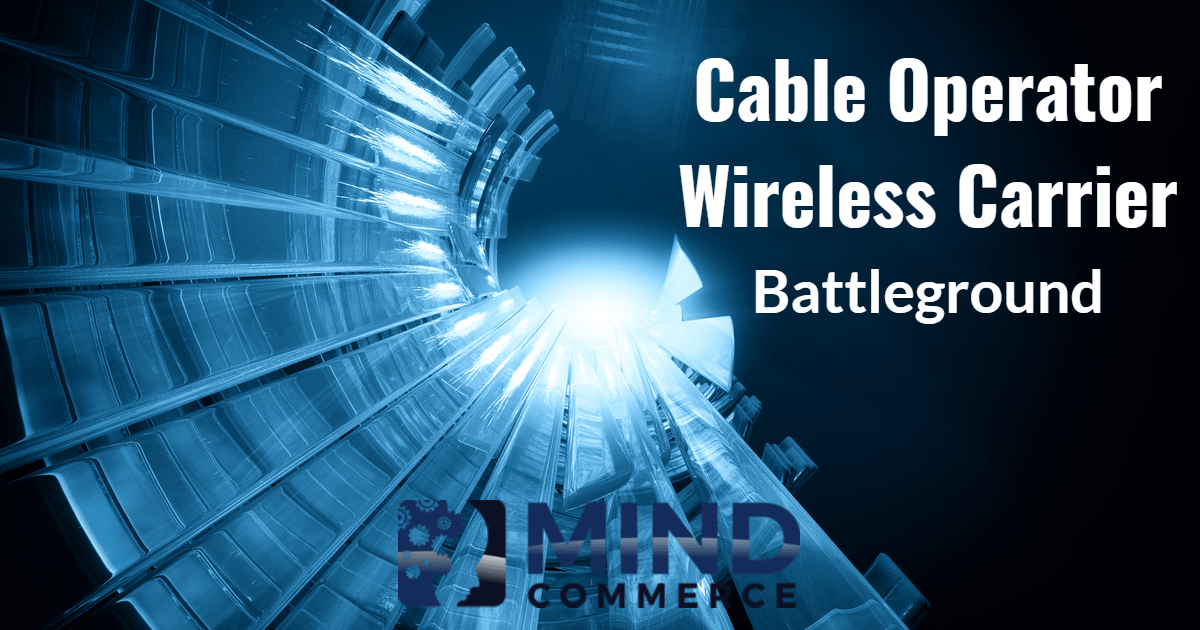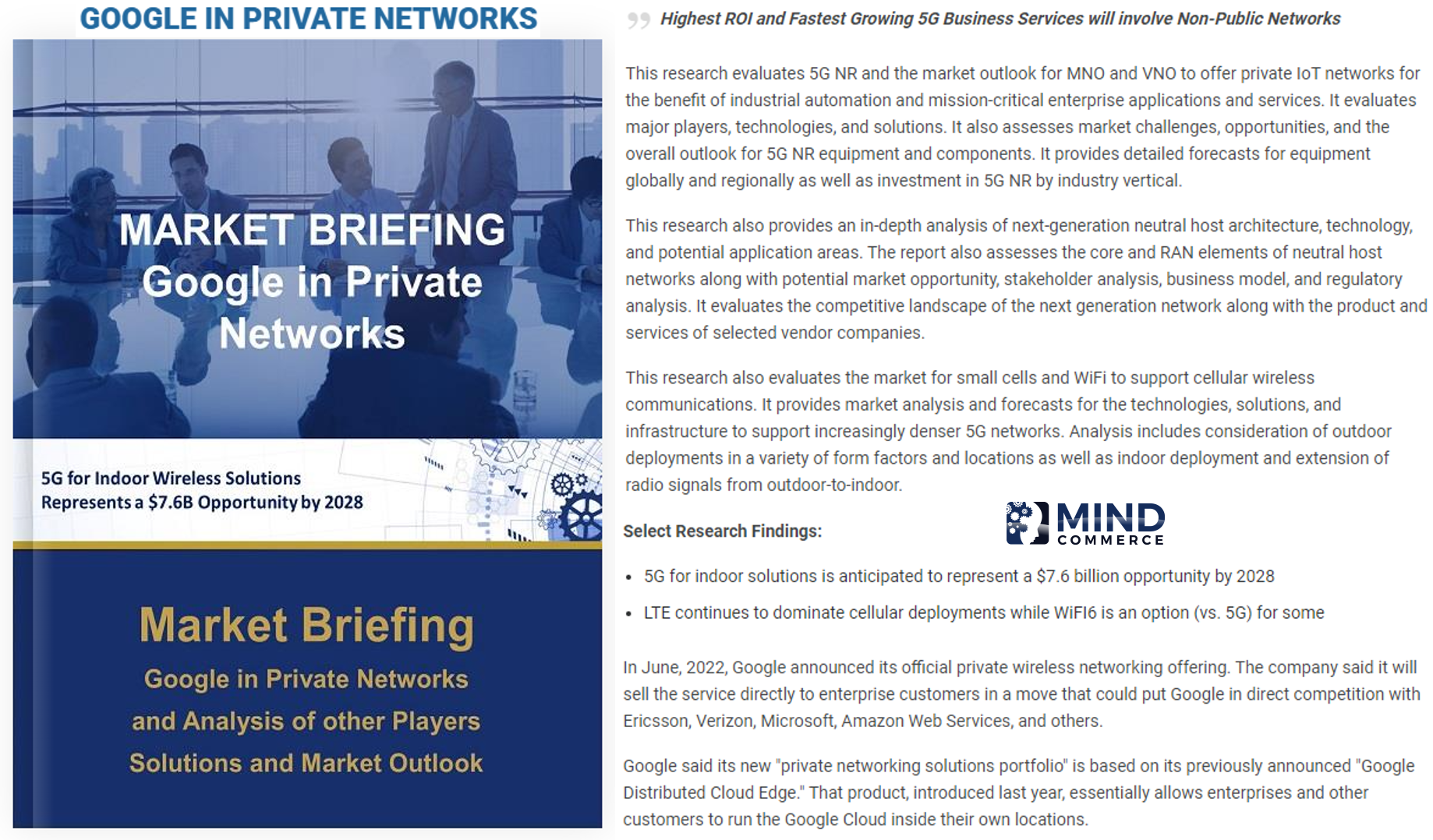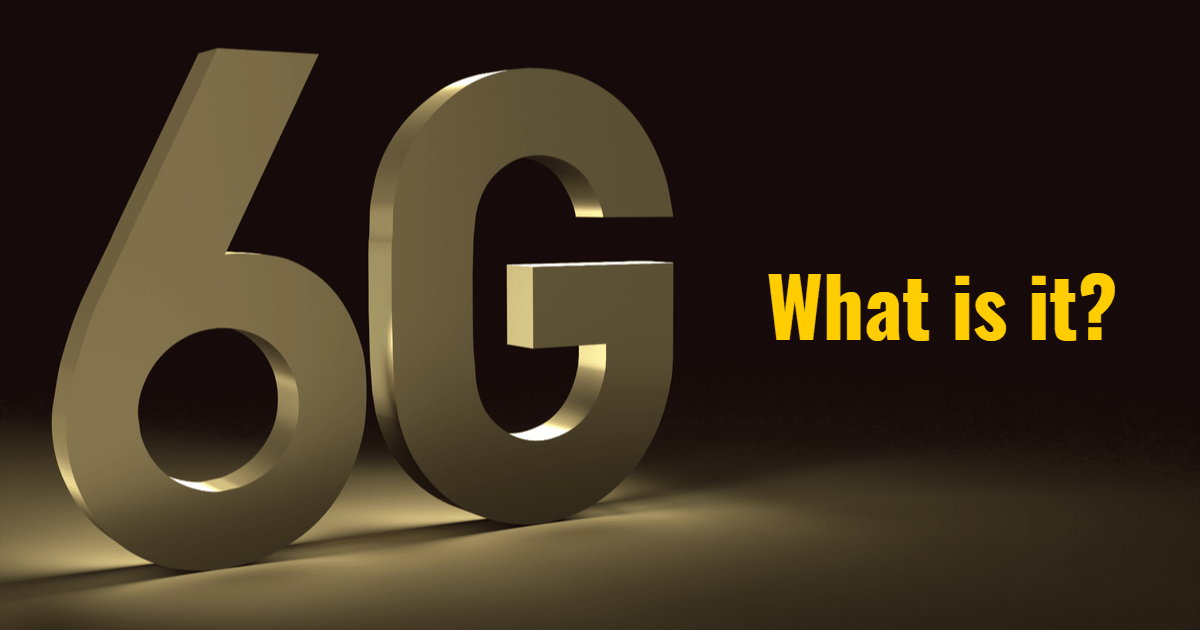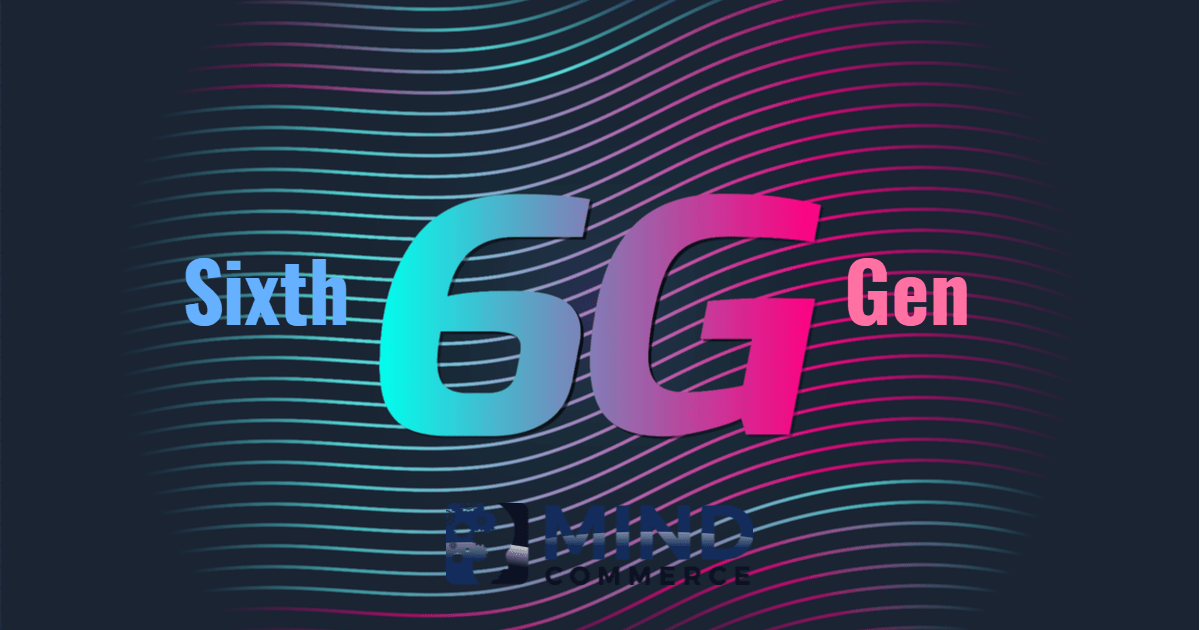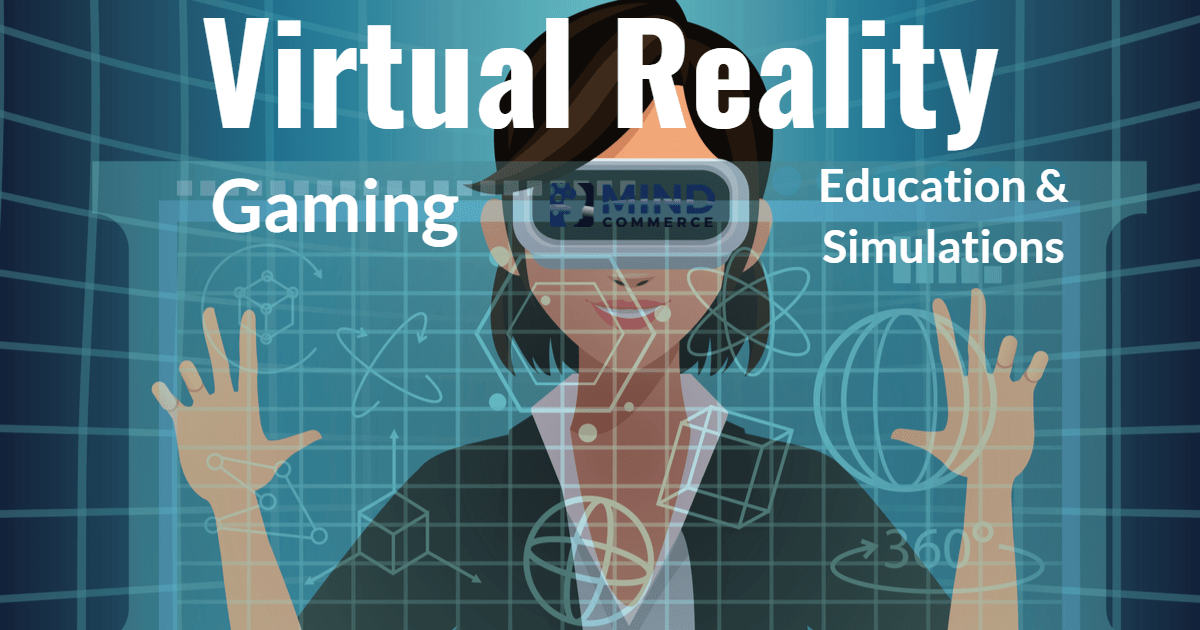The Internet & Television Association (formerly the National Cable & Telecommunications Association, and commonly known as the NCTA) estimates that 80% of residences in the United States have access to gigabit speeds from cable companies via HFC and FTTH. Cable operators seek to solidify their position within consumer markets for broadband services as wireless carriers seek to leverage the enhanced mobile broadband (eMBB) component of 5G to gain a foothold for indoor residential and small business services. With little competition in the consumer in-home segment, certain wireless carriers see fixed wireless as a pathway to early revenue as their vendors work diligently to ensure eMBB services may be provided on a mobility basis rather than simply portable or fixed wireless solutions, which shall be predominate initially.
The Cable vs. Wireless Battleground
A battleground is emerging for consumer broadband between cable companies espousing 10G (meaning symmetrical 10 Gbps speeds delivered over hybrid fiber-coaxial networks and not tenth generation) versus wireless carriers such as Verizon Wireless who will pursue the residential and small business market with fixed wireless 5G. AT&T likewise stated that 5G will be a substitution for fixed-line broadband within the next three to five years. However, we see the consumer segment as a major challenge area for mobile communications service providers due to a few key factors including market inertia and deployment of WiFi6 devices. We see wireless carriers generating most of their profits from large business segments including enterprise, industrial and government customers.
A Residential and SMB Battleground is emerging as Cable Operator 10 Gigabit vs. Wireless Carrier 5G Services will Clash for Market Share
Conversely, wireless carriers are in a much better position to benefit from massive machine-type communications (mMTC) as they will be able to compete much more effectively against both cable companies seeking to expand offerings into the Internet of Things (IoT) market as well as non-cellular IoT service providers such as LoRa solutions. This does not mean that non-cellular low-power WAN (LPWAN) solutions will be eliminated. In fact, some carriers have embraced them and will continue to rely upon these technologies.
What this does mean is that 5G enabled LPWAN solutions will gain greater traction due to economies of scale as well as the ability of cellular operators to combine high-bandwidth and ultra-reliability low latency communications (URLLC) capabilities along with telemetry. By way of example, wireless carriers may combine low-bandwidth mMTC services with URLLC reliant apps such as telerobotics for more robust solutions, particularly for the industrial segment.
Cable operators such as Cox Communications have provided SMB services for a long time. With the advent of the Mobile Virtual Network Operator (MVNO) business model, many cable operators have launched consumer wireless offerings as an MVNO. More recently, cable operators providers seek to leverage their assets to offer various Internet of Things (IoT) related applications and services.
In terms of IoT related services, the cable operator market holds a key role in connected home applications and services including home automation. Service areas include home security (monitoring, access control, automated lighting, etc.), connected appliances (refrigerator, washer/drier, whole house vacuum, etc.), HVAC systems, irrigation systems, and entertainment including TV service, video on demand, and competition with Over-the-Top (OTT) service providers. One of the ways that cable operators can differentiate themselves versus OTT providers is to become one themselves by leveraging Telecom APIs. In fact, there are a few good arguments for cable companies using the OTT model only for wireless service rather than a traditional MVNO model.
More about the Cable Services Market
Mind Commerce evaluates the cable operator ecosystem players, technologies, solutions, and market opportunities. This includes traditional residential and SMB services as well as the broader B2B market for fixed network providers, IoT market opportunities, wireless/mobility and other consumer services. The report evaluates these market opportunities and provides forecasts for every major sub-segment. The report also evaluates the impact of 5G and edge computing on cable operator network operators.
Our cable company market research also assesses the cable operator market for business services, including the competitive landscape, and investment strategies such as the impact and opportunities surrounding developments with Citizens Broadband Radio Service (CBRS). Looking beyond simply migration from coaxial cable to fiber networks, the report takes into consideration important technical matters such as cable operator converged IP/MPLS network architectures, IoT networks and functionality. Our research also evaluates how these technical considerations relate to cable operator market opportunities such as IoT vertical applications.
More about the 5G Applications Market
The 5G applications market will be comprised of three service categories: (1) Enhanced Mobile Services, (2) Massively scalable Internet of Things (IoT) Networks, and (3) Ultra-Reliable and Low-Latency Communication for both mission-critical services (such as public safety and industrial automation) and latency-sensitive consumer services (such as Virtual Reality). A portion of these benefits will be based on the evolution of fourth generation (4G) Long Term Evolution (LTE) technologies as well as unique capabilities enabled by 5G New Radio (5GNR) based on new infrastructure supporting millimeter wave (mmWave) radio access network (RAN) equipment.
5G will also “reinvent” connectivity as there will be a very credible alternative to cable and fiber for business customers. In addition, there will be competition even for WiFi as some critical communications will require 5G. However, 5G is also be a huge investment and the near-term ROI is very focused on point-to-point solutions for enterprise, industrial and government customers that require alternatives to fiber and/or untethered broadband. 5G is also important for the front-haul, mid-haul, and back-haul infrastructure market, collectively referred to as “x-haul” market. The transport networks that will be impacted by 5G x-haul include fiber, DWDM, and microwave, as well as switching/routing.
Mind Commerce provides the most comprehensive 5G applications market research available addressing the LTE and 5G application market. This report evaluates cellular broadband applications and services including revenue and usage (subscribers/users) by LTE, LTE Advanced, LTE Advanced Pro, and 5G applications and services. Our research also assesses LTE and 5G in private wireless networks as well as market opportunities for Mobile Edge Computing (MEC) in public and private networks including the market for computing as a service. The report includes 5G application market sizing as well as LTE apps and services in terms of penetration and revenue


